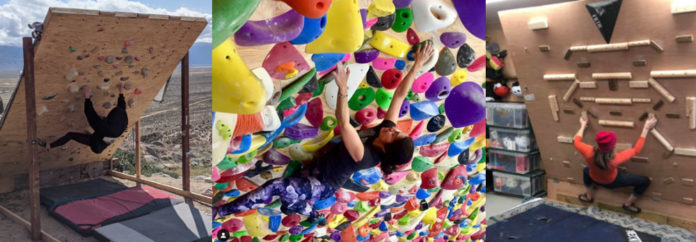By John Burgman
Old enough to remember climbing in the early 2000s, when bouldering became its own thing? For decades prior to that, climbers bouldered as a way to practice for roped climbs or improve fitness. A few competitions—most notably Jim Waugh’s Phoenix Bouldering Contest—even focused on the bouldering discipline for most of the 1980s and 1990s.
But in the early 2000s, such disparate elements came out of the shadows and coalesced in the spotlight. The climbing world suddenly had a new, free-standing entity in bouldering, and many climbers proudly considered themselves to be exclusively boulderers. There were several catalysts for this, including Chris Sharma’s famed first ascent of the Mandala in Bishop in 2000 and the rise of the American Bouldering Series around the same time. Climbing films that focused on bouldering, such as West Coast Pimp and Rampage, contributed to the boom as well.
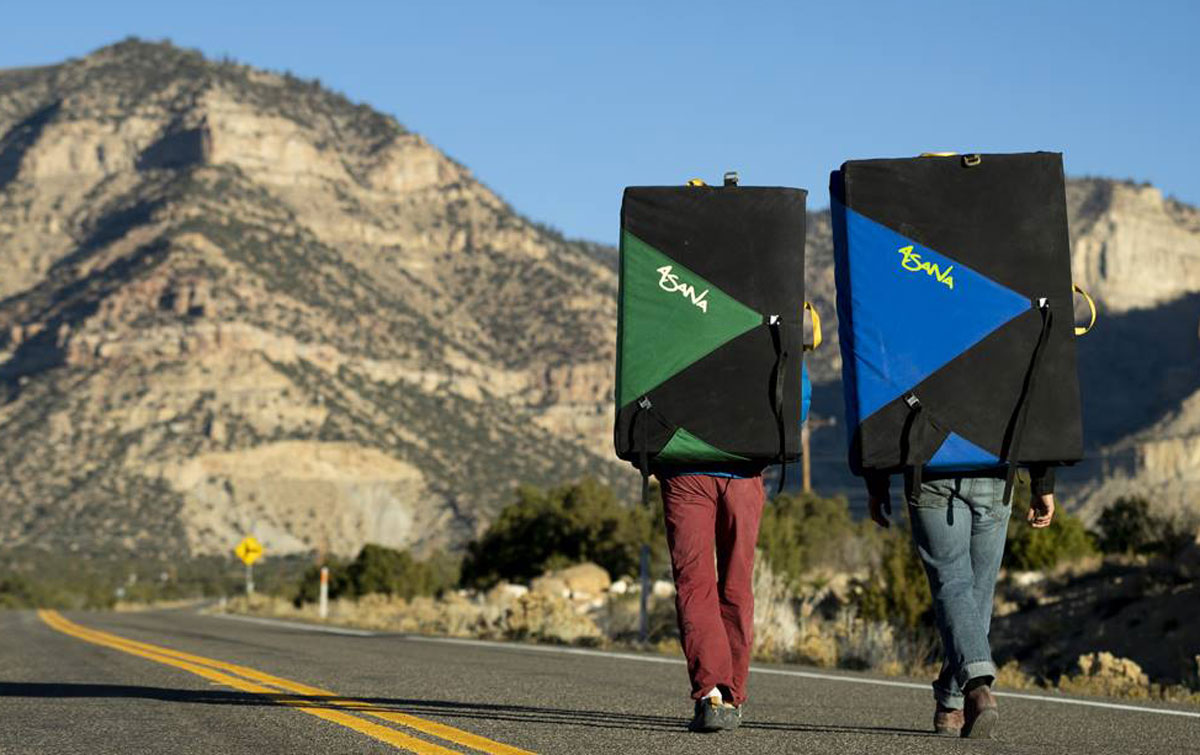
As a result, the industry at-large quickly responded with (and capitalized on) an entire marketing ethos framed around bouldering. Items like affordable crash pads became big commodities, with Clark Shelk’s Cordless brand leading the charge. Chalk buckets and brushes became common retail items. New media such as Urban Climber magazine sprang up and focused almost exclusively on bouldering too.
Just like that, bouldering worked its way into the climbing consciousness, and it was hard to imagine a time when things had been any different.
Is This the Home Wall Moment?
The events of the past several weeks, with the global spread of Coronavirus (COVID-19) and the ongoing crisis, differ from the components that spawned the bouldering boom but the outcome may be comparable. The new rising tier of the industry—which we are bearing witness to in real time—is that of home wall design and construction. Soon, more companies will likely clamor towards these concepts and attempt to harness them with retail items, advice, support and relevant accoutrements.
“Home walls are going to be a larger part of the US climbing industry from here on out,” affirms Will Anglin, Co-Owner of Tension Climbing. “Homewalls present an interesting intersection of different problems that will require some innovation and creative solutions. There’s a lot to think about there, but overall I’m very excited to see how this part of the industry and the larger climbing industry evolves moving forward.”
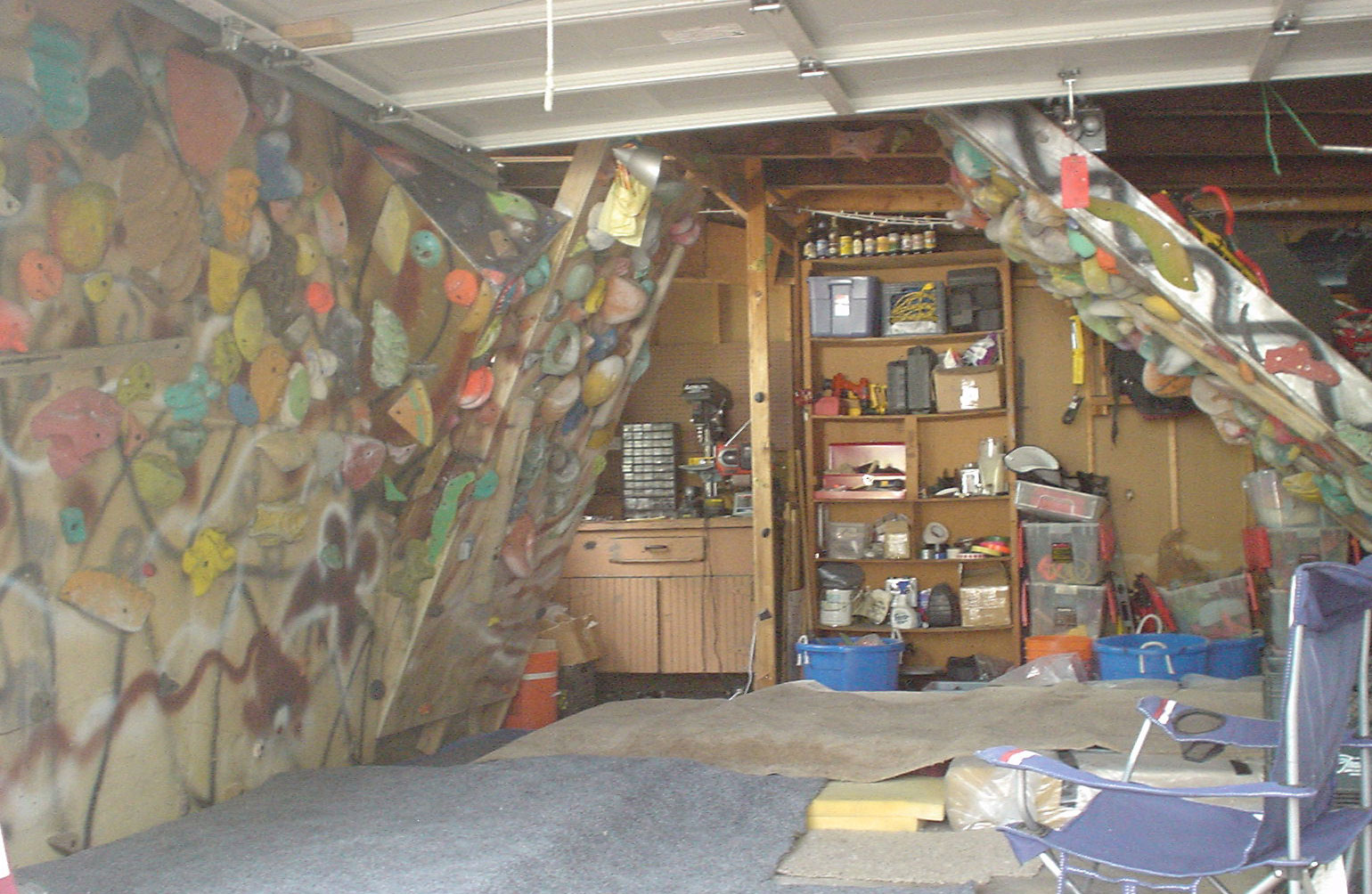
What’s Old Is New Again
The uptick in the home wall sector of the industry has foundational elements dating back decades, long before COVID-19 and the spiraling events of 2020. Garage woodies and jury-rigged backyard setups have existed in concept since before commercial climbing gyms existed. In the 1990s, Ramsay Thomas’ Building Your Own Indoor Climbing Wall was a popular book. In the mid-2000s, the MoonBoard became the first widely available, standardized home training grid for climbers around the world (and Ben Moon had been crushing on a home wall with friends in England for many years by that point).
Going forward, the climbing industry may witness a new commodification of home wall materials and training boards to a far greater extent. Home wall training may no longer be seen largely as a mode of practice that supplements climbing at the gym or climbing outdoors. On the contrary, signs suggest home wall climbing will be done for the sake of home wall climbing.
Consider that just last week a video titled “Building a Freestanding Home Bouldering Wall // Surviving Self-Isolation” was posted on YouTube and quickly chalked up more than 8,000 views. Another video, from Anna Davey, proclaimed, “Get ready for home woody sessions,” and garnered 18,000 views in a matter of days.
Need some quantitative proof beyond page views? Atomik Climbing Holds has reported seeing as much as 180 daily orders in the midst of the COVID-19 pandemic—at a time when most climbing gyms are closed. “We are shipping, on average, 120 orders a day,” says Kenny Matys, President of Atomik. “This volume of orders compares to our normal 60 to 80 orders, which we easily handle without putting in overtime. At this point, I have limited my staff to 60 hours in seven days and myself at 98 hours. We see this trend continuing for the next four to six weeks and have prepared for months if need be.” It is worth noting that on April 12 Matys decided to stop taking new orders, as he has simply been too busy to meet the demand.
One of the realities that the industry is coping with is also an element that underwrites the staying power of the home wall as a robust industry subsector: Nobody knows what the future will hold for climbing gym openings; and nobody can accurately gauge the likelihood of mass gym closures again. Amid such uncertainty, it is understandable that home walls (and necessities such as handholds and hangboards) are being seen by many climbers as more certain—and now long-term—alternatives.
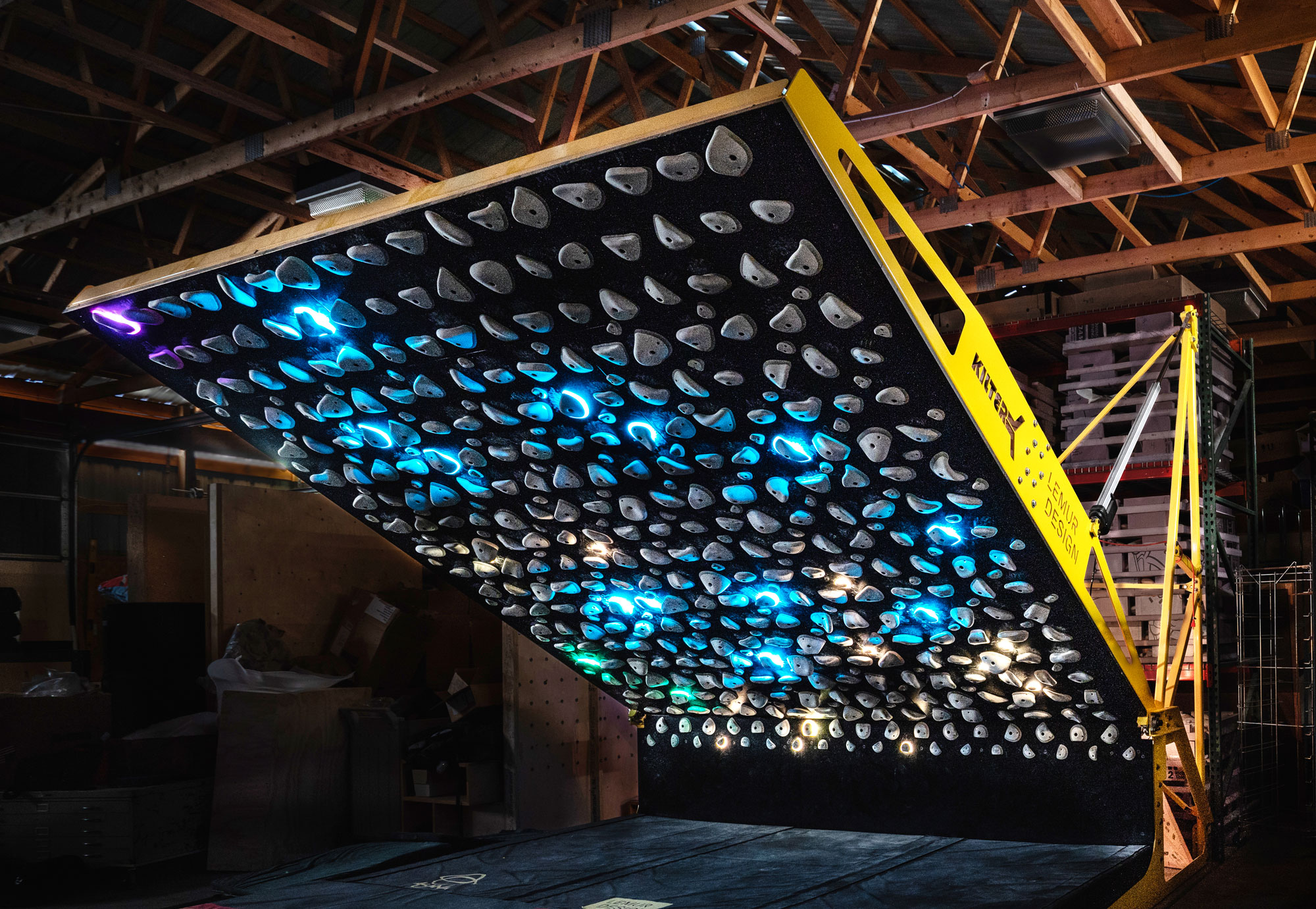
Products Designed for Gyms Work At Home Too
Granted, we are still in a time when home walls are perceived as somewhat special. It is a fortunate group of people who have the space and means for an in-home training rig. But this means there are a lot of people who do not yet have home walls and who cannot yet afford them, and this creates opportunity for companies that make stand-alone walls, such as Lemur’s Kilter Board, Kumiki’s EverActive, MoonBoard and Grasshopper Industries.
“I do think home climbing is in an unprecedented boom,” says Boone Speed, head of Grasshopper Industries. Speed runs the Utah-based company with what he refers to as a “small cohort” that includes his wife, Bailey, Jared Roth of Pusher and filmmaker Mike Call. According to Speed, Grasshopper had already seen a steady increase in home wall orders prior to the COVID-19 crisis, but now the company is getting “slammed with increased orders and interest.” Approximately 65 percent of that recent customer interest is in Grasshopper’s “Ninja” model. It is the smallest—and most budget-friendly—of the company’s offerings, advertised as being “perfect for the garage or backyard.”
A current market for adjustable pre-fabricated boards and home walls is apparent (people want to climb!), as is the increasing necessity for home climbing setups while the current “shelter in place” directives continue.
“With the closure of so many gyms across the country, climbers need a way to continue training while respecting social distancing,” says Tim Sudeith, General Manager of Kumiki Climbing. “We have seen a large increase in the number of people looking for our EverActive Adjustable Wall, as well as holds for home use.”
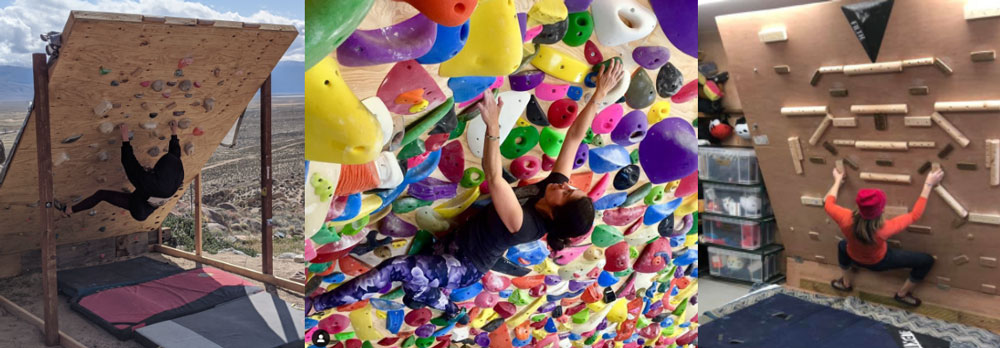
Home Walls of Every Size and Shape
Of course, most home climbing walls are still of the do-it-yourself variety. They range from massive installations in backyard barns that resemble small bouldering gyms to single 4’x8′ panels mounted at an angle in eager climbers’ living rooms. Holds also are often DIY affairs made of wood, rock and rudimentary hardware store resins. At the end of the day, climbers want to climb, and they will climb on whatever is available to them.
On our end here at CBJ, we have decided to start a Homewall Of The Week featurette in which we pick a unique “woodie” to win some CBJ swag. We also plan to talk in-depth to owners of home walls around North America, in the hopes of informing would-be builders about the economic and logistical realities of home wall projects. Like Canada-based Teknik said on Instagram, “There has never been a better time to climb at home,” and CBJ plans to complement that sentiment.
Decades from now, perhaps we will all be able to sit back and say, “Remember when the home wall concept became its own thing?”
Editor’s note: this article is an observation of a current phenomenon as it relates to past changes in the climbing industry. You can stay strong without a home wall – you probably would be better off just mounting a hangboard, doing extra planks, and waiting for the gyms to reopen. To help them through this time keep your gym membership going or look up you local gym and buy a giftcard. If you do decide to build a home wall, take the time to think it through and build one you will use.

John Burgman is the author of High Drama, a book that chronicles the history of American competition climbing. He is a Fulbright journalism grant recipient and a former magazine editor. He holds a master’s degree from New York University and bachelor’s degree from Miami University. In addition to writing, he coaches a youth bouldering team. Follow him on Twitter @John_Burgman and Instagram @jbclimbs. Read our interview Meet John Burgman, U.S. Comp Climbing’s Top Journalist.




